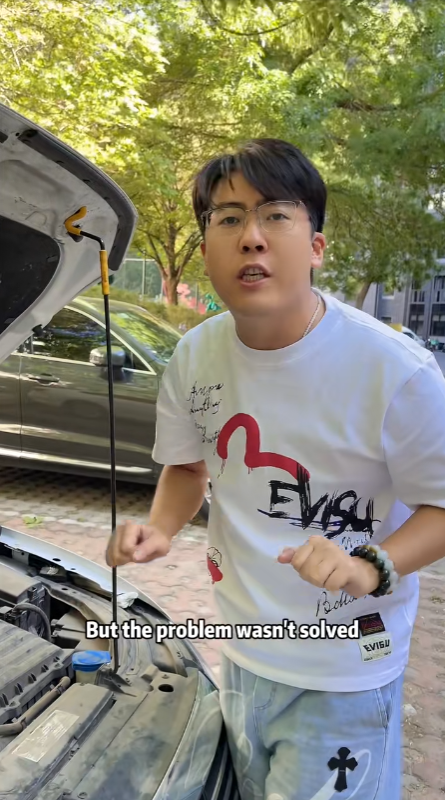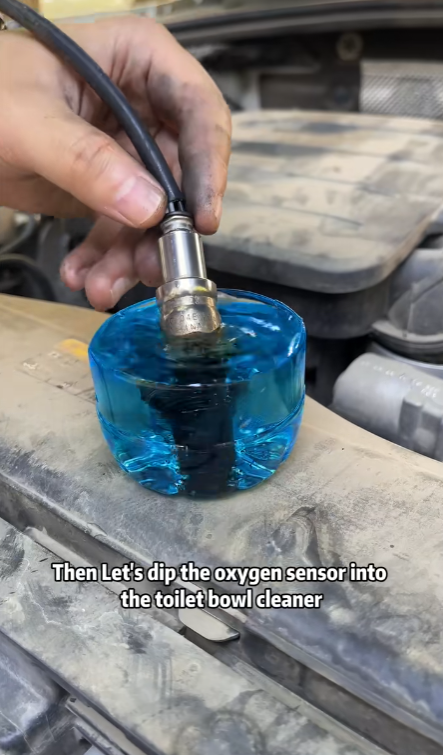
Car engine vibration is one of the most common issues drivers face. While a certain level of vibration is normal when your car is running, excessive or unusual shaking can signal a deeper mechanical problem. Whether it’s felt in the steering wheel, floorboard, or the entire car, engine vibration can be irritating and sometimes even dangerous. Fortunately, there are several ways to diagnose and eliminate the root causes of engine vibration. This article will walk you through the main causes of engine vibration and provide practical solutions to eliminate it effectively.
1. Understand the Source of Vibration
Before attempting to fix anything, it’s crucial to pinpoint the source of the vibration. The engine, transmission, wheels, and exhaust system are common culprits. The vibrations can occur when idling, accelerating, or while driving at high speeds. The first step is to observe when and where the vibrations happen.
- At idle: This might suggest engine mounts or spark plug issues.
- During acceleration: Could be related to the transmission or driveline.
- At high speed: Often points to wheel balancing or tire problems.
Identifying the context of the vibration will help narrow down the issue quickly.
2. Inspect and Replace Engine Mounts
Engine mounts are rubber components that connect the engine to the car’s frame. Their job is to keep the engine stable and absorb vibrations. Over time, these mounts can wear out or break, causing the engine to shake excessively.
Symptoms of faulty engine mounts:
- Excessive vibration while idling.
- Clunking noises when accelerating or shifting gears.
- The engine moves more than normal.
Solution: If the engine mounts are worn or broken, replacing them is the best fix. It’s a job most mechanics can handle within a few hours.

3. Check Spark Plugs and Ignition Components
Worn-out or dirty spark plugs can cause the engine to misfire, leading to uneven running and vibration. The ignition system is critical for a smooth-running engine.
Symptoms of spark plug problems:
- Shaky engine when idling.
- Poor fuel economy.
- Engine misfiring.
Solution: Remove and inspect the spark plugs. If they appear dirty or damaged, replace them. Also, check the ignition coils and wires for signs of wear. Modern spark plugs usually last about 30,000 to 100,000 miles, depending on the type.
4. Balance Your Tires and Check Alignment
If the vibration is felt more while driving at higher speeds, your wheels may be unbalanced or your alignment could be off. This doesn’t directly come from the engine, but it feels similar and can confuse diagnosis.
Symptoms:
- Vibration felt in the steering wheel.
- Uneven tire wear.
- Vehicle pulling to one side.
Solution: Visit a tire shop and have your wheels balanced and alignment checked. Also, make sure tires are properly inflated and not overly worn.

5. Inspect the Driveshaft and CV Joints
On rear-wheel-drive and all-wheel-drive vehicles, the driveshaft transmits power from the engine to the wheels. If it’s damaged or unbalanced, it can cause serious vibrations.
Symptoms:
- Vibration that increases with speed.
- Clunking or rattling noises.
- Trouble accelerating smoothly.
Solution: A mechanic should inspect the driveshaft and constant velocity (CV) joints. If the driveshaft is bent or the joints are worn, replacement is necessary.
6. Look for Vacuum Leaks or Faulty Sensors
Modern engines rely on a series of sensors and vacuum lines to maintain proper air-fuel mixture. A vacuum leak or malfunctioning sensor can cause the engine to run lean or rough, leading to vibrations.
Common problem areas:
- Broken vacuum hoses.
- Dirty or malfunctioning mass airflow (MAF) sensor.
- Faulty oxygen sensors.
Solution: Use a scan tool to check for trouble codes. Replacing damaged hoses or cleaning/replacing sensors can restore smooth engine operation.
7. Check Fuel System and Air Filters
An inefficient fuel system can starve your engine of necessary fuel, making it run unevenly and vibrate. Similarly, a clogged air filter can restrict airflow to the engine.
Symptoms:
- Engine stumbling or hesitating.
- Lack of power.
- Rough idling.
Solution: Replace the fuel filter if it’s clogged. Have the fuel injectors cleaned or replaced if necessary. Also, replace the air filter regularly—usually every 12,000 to 15,000 miles depending on driving conditions.
8. Examine the Exhaust System
The exhaust system can also cause vibration, especially if it’s loose, cracked, or has damaged hangers. When the exhaust isn’t firmly secured, it can rattle against the car body.
Symptoms:
- Rattling noises under the vehicle.
- Vibrations coming from the rear.
- Reduced engine performance.
Solution: Check the exhaust hangers, heat shields, and muffler. If anything is loose or broken, tighten or replace it as needed.

9. Transmission and Clutch Inspection
In manual vehicles, a worn-out clutch or pressure plate can cause vibrations. In automatic cars, transmission issues can also lead to shuddering during gear changes.
Symptoms:
- Vibration when shifting gears.
- Difficulty engaging gears.
- Burning smell (in manuals).
Solution: Inspect the clutch for wear or slippage. In automatic transmissions, check the transmission fluid level and condition. Dirty or low fluid can cause shifting problems and vibration. A flush and refill may be necessary.
10. Regular Maintenance Prevents Vibration
Many of the causes of engine vibration stem from neglected maintenance. Regular tune-ups, oil changes, and inspections go a long way in preventing these problems.
Checklist for preventive maintenance:
- Change engine oil every 5,000–7,500 miles.
- Replace spark plugs and air filters as recommended.
- Rotate and balance tires regularly.
- Inspect belts, hoses, and mounts during oil changes.
- Use high-quality fuel and engine oil.

Final Thoughts
Eliminating car engine vibration starts with careful observation and proper diagnosis. Whether the issue lies with the engine mounts, spark plugs, or even something as simple as a clogged air filter, most causes of engine vibration can be resolved with timely repairs and regular maintenance. While some fixes are simple DIY tasks, others require the help of a skilled mechanic. Addressing vibration early not only makes driving more comfortable but also prevents further damage and costly repairs down the line.
If your car is vibrating more than usual, don’t ignore it—track it down and fix it before it becomes a bigger problem.



